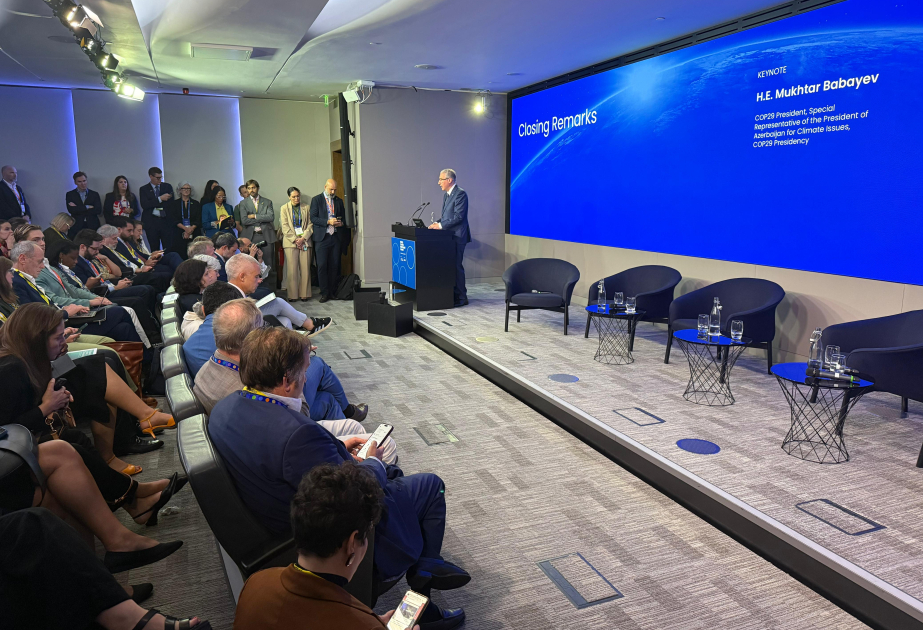Ecosystems which have never been seen before are being accidentally created by humans. They offer a stark look into the nature of tomorrow.
Venture deep into the forests on Oahu, Hawaii's third largest island, and you'll find yourself threading through a dense understory of richly scented pepper, cinnamon and guava trees.
"It's beautiful," says Corey Tarwater, an ecologist at the University of Wyoming in the US who began researching O'ahu's ecosystems in 2014. Sounds like the "cheww-chewww" song of the pale green warbling white-eye and the chattering, almost electrical call of the red-billed leiothrix surround you. "There's really neat lizards around," adds Tarwater. "There's these highly structured forests with these amazing tropical plant species."
For hikers setting out on Oahu's mountain trails, these are thrilling wildernesses within easy reach of Hawaii's capital, Honolulu, says Tarwater. Yet nothing is quite as it might seem, she adds. "You wouldn't know unless you study them, but if you walk around any forest around Honolulu, there's not going to be one single native plant species there."
Oahu's lowland forests are now almost entirely devoid of the plants and animals that grew here for millions of years before the arrival of humans. Settlers brought extinctions by cutting down trees to make farms and introducing voracious predators and disease-carrying animals. Today, these tropical forests are a tapestry of non-native species introduced from every corner of the planet: Brazilian peppertree, Indonesian cinnamon and roseleaf bramble from the Himalayas and Australia. Most of the animals, including all the birds that Tarwater mentioned earlier, are also alien.
Oahu's mountainous terrain – a filming location that has evoked heroic, untrammelled wildernesses in the Jurassic Park and King Kong films – is shaped "at every level" by human action, says Jef Vizentin-Bugoni, a Brazilian ecologist at Universidade Federal de Pelota who researched the island's birds with Tarwater. He recalls having his expectations upturned when he arrived on the island in 2017, eager to see Hawaii's famous honeycreepers, a set of brightly coloured native bird species that exist nowhere else in the world. Instead, he was first confronted with an unfamiliar flurry of red and white feathers, which turned out to be a red-whiskered bulbul, a bird whose native range spans from India to Southern China.
"I followed it as it flitted between trees until it stopped to feed on a fruit I immediately recognised – guava, a plant native to Brazil," he says. "That moment captured the essence of what's happening in Hawaii: a South American plant being eaten by an Asian bird on a remote Pacific island."
Most of these exotic species arrived in the last century or two and were thrown together more or less at random – some are escaped pets, others relics from abandoned farms. Yet unlike urban environments where foxes and seagulls scratch together a living eating anything they can find, the forests of Oahu show signs of structure and organisation.
Birds that have only lived together for the last century have assumed specialist roles, such as distributing the seeds of native plants, that were once performed by now extinct birds. In a 2019 study, Tarwater and Vizentin-Bugoni analysed the eating patterns of birds and seed dispersal on the island to see how they compared to a structured and stable native ecosystem that had evolved together over millennia.
"If I compare what I'm seeing in Oahu with what I see in the middle of the Amazon, will the interactions have the same organisation?" asked Vizentin-Bugoni. "To our surprise, the answer was yes."
For the last few decades, ecologists have documented the appearance of "emerging" or "novel ecosystems" like that on O'ahu. Broadly, novel ecosystems can be defined as "autonomous, wild ecosystems that deviate from natural baselines because of human activities", explains ecologist Jens-Christian Svenning, a professor at Aarhus University in Denmark who studies these ecosystems. Novel ecosystems may contain combinations of species never before seen in history: with some native species living alongside other species introduced by humans beyond their historically recorded ranges or driven into new locations by climate change.
Humans may also alter the environment itself, creating new habitats by reshaping the landscape or altering environmental chemistry. For example, along the coast of the Netherlands, marine ecologist Laura Govers has documented how a system of coastal defences like dams and sea walls, built during the mid-20th Century, has created a series of salty lakes where exotic species have flourished.
In Brazil, rainforests cleared for farming have later become freshwater floodplains, known as várzeas, which are home to a new mix of species. Similarly, retired quarries can fill with water to become deep lakes, and even mines have become valued habitats.
One former shale oil mine between the Scottish cities of Edinburgh and Glasgow left a mountain made of stone, says Eric Higgs, professor of ecology at the University of Victoria in Canada. Over at least a century piles of stone formed a novel ecosystem through natural assembly processes, says Higgs. It is now a specially protected area that harbours rare plants such as the early purple orchid and the tiny white flowers of the knotted pearlwort.
Unlike zoos and botanical gardens, which also contain globe-spanning collages of plants and animals, novel ecosystems like those on Oahu are not dependent on humans to continually plant and maintain them. They now exist as self-sustaining systems, says Svenning. "These are wild but changed ecosystems," he says. They have passed some critical threshold which means they are unlikely to ever go back to how they were before. "If you removed all people from the planet, Hawaii would be on a different evolutionary ecological trajectory going forward," he says.
So how much of the planet is already covered by novel ecosystems like these? Some analyses have arrived at startling figures – in a 2013 book on novel ecosystems, researchers argued that 30-40% of the world's terrestrial ecosystems have already transformed into novel states. A study by Svenning projected that half of the land on the planet would be novel by 2100.
However, these figures – like much around "novel ecosystems" – remain highly controversial among ecologists. Critics argue that scientists often cannot clearly define when a threshold of novelty has been passed. There are plenty of cases that are "kind of borderline", says Svenning. For example, power plants in Florida and Japan are venting warm water that has created tropical microenvironments with an abundance and variety of species not seen in the surrounding cooler waters.
As climate change and nature-loss continue, ecologists are adapting their language to acknowledge that many ecosystems have "novel elements" or degrees of "ecological novelty". A new map published by researchers in March 2025, tracked how ecosystems across the planet were being changed by climate change, the loss of key animals and native plants being replaced by invasive species. Matthew Kerr, a researcher in Svenning's lab at Aarhus University who made the map, says he found that novel habitats are now truly global, with more than half of the earth's land highly changed: "This extended out to protected areas," he says, including nature parks and marine reserves.
Responding to these findings, ecologist Anna Walentowitz at the University of Bayreuth in Germany wrote that ecological novelty is now the "new normal" for our planet, forcing us to question how we protect nature today.
It all makes unravelling what to do with these novel habitats difficult. "It's complex and depends on the goals of restoration," says Tarwater. A conservationist focusing on native plants may eradicate as many non-native competitors as possible, she says. "But if you're interested in conserving a native snail or some of these other species, that [non-native plant] might be the habitat that they currently rely upon."
While novel ecosystems remain controversial, on Oahu, conservationists and land managers have become less black-and-white about native and non-native species, says Tarwater.
"We know that the challenges of the novel ecosystems are going to remain, and likely increase. We know that it's not as simple as them being good or bad."
Madina Mammadova\\EDnews









